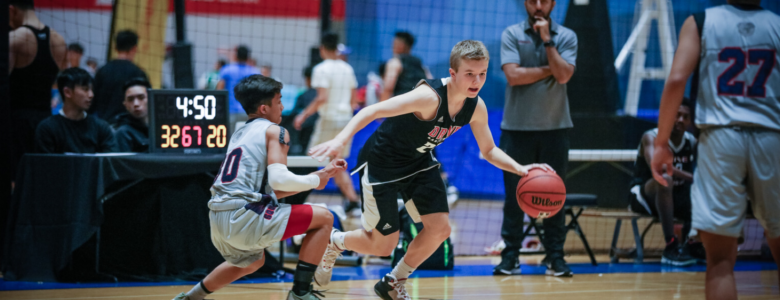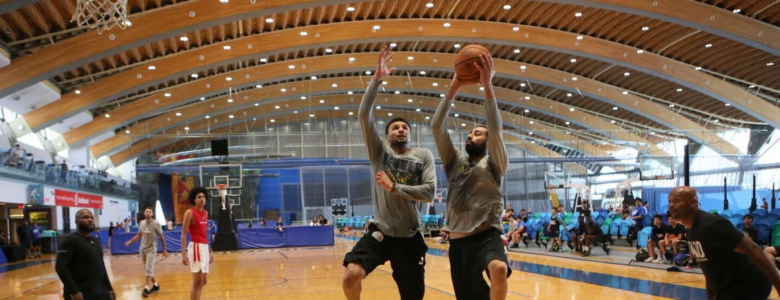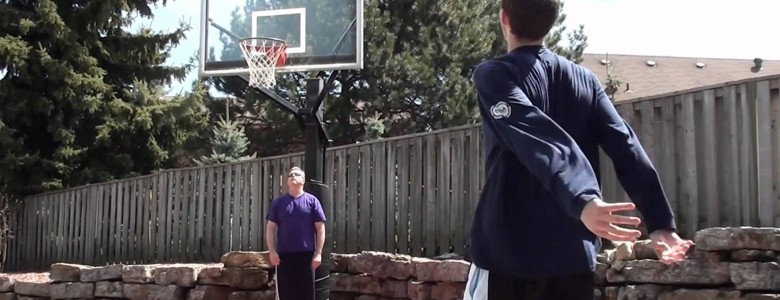High School – Winter League standings, schedule & rosters
* Rosters are subject to change during the season.
* In house games will take place at Edgewood Elementary in South Surrey
* Players can be added to teams during the season
* If you are not listed on the rosters for your age group or we misspelled your name please email: chad@drivebasketball.com
Team Standings – Winter Season
| Teams |
Wins |
Losses | Standings |
| Gonzaga | 5 | ||
| Kentucky | 6 | ||
| Duke | 2 | 4 | |
| UNC | 2 | 3 |
Winter Season – Schedule
| Date |
Times |
Home Team | Away Team |
| Jan. 22 | 3:00pm | Zags | Kentucky |
| Jan. 22 | 4:00pm | Duke | UNC |
| Jan. 29 | 3:00pm | Zags | Duke |
| Jan. 29 | 4:00pm | UNC | Kentucky |
| Feb. 5 | 3:00pm | Kentucky | Duke |
| Feb. 5 | 4:00pm | UNC | Zags |
| Feb. 12 | 3:00pm | Zags | Kentucky |
| Feb. 12 | 4:00pm | Duke | UNC |
| Feb. 19 | 3:00pm | Zags | Duke |
| Feb. 19 | 4:00pm | UNC | Kentucky |
| Feb. 26 | 3:00pm | Kentucky | Duke |
| Feb. 26 | 4:00pm | UNC | Zags |
| March 5 (Playoffs – Semis #1) | 3:00pm | Duke | UNC |
| March 5 (Playoffs – Semis #2) | 4:00pm | Kentucky | Zags |
| March 12 (Consolation) Finals/Awards | 3:00pm | Duke | Zags |
| March 12 (Championship) Finals/Awards | 4:00pm | Kentucky | UNC |
High School Division Rosters:
Updated Jan. 18, 2023
| Duke | Gonzaga |
Kentucky | UNC |
| Joshua Taylor Jiante Yeerdana Arjun Ghuman Aryan Sharma Davin Walia Aruv Bains Armarveer Gill Samual Hein Matthew Hein Howard Yan Josh Gordon Kevin Lin |
Larson Wallenius Neeraj Padmanabhan Xander Hershberger Marcus or Aiden Jarvis Tim Li Ho Pak Cheng Jiaqi Tang Coley hogan Mason angman Jason Wang |
Jacob Brown Gage Kempton Luke Vickers Evan Leith Davidson Lin Evan Sheng Kasen Alden Ryan Liu Nate Parker Marcus Miller Leslie zhang |
Joban Rai David Higginson Jai Dhami Arun Dhami Ethan Paisley Gauresh Grover Ryan Cho Michael Li Armaan Hundal Connor Forest Gavin Wang |










